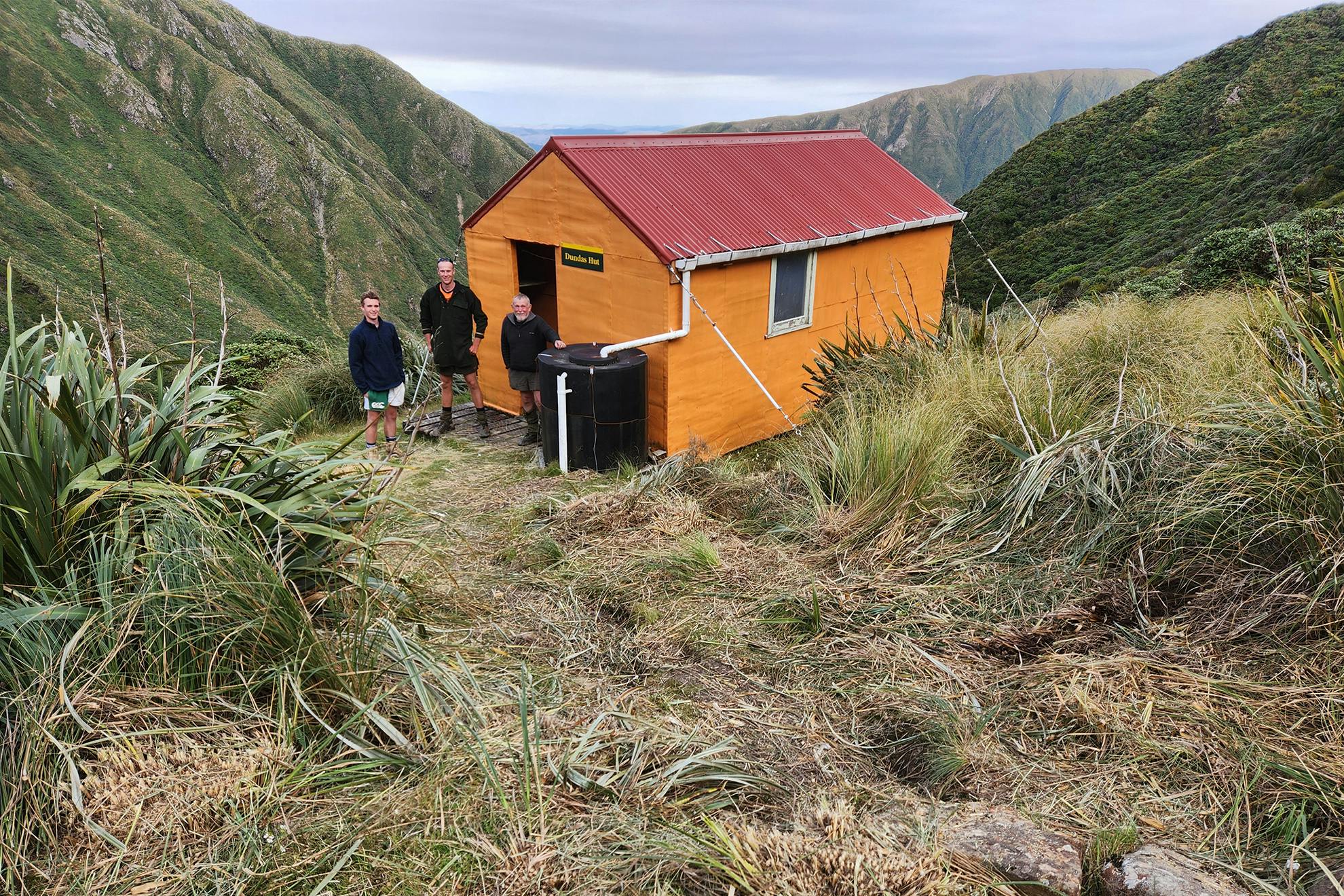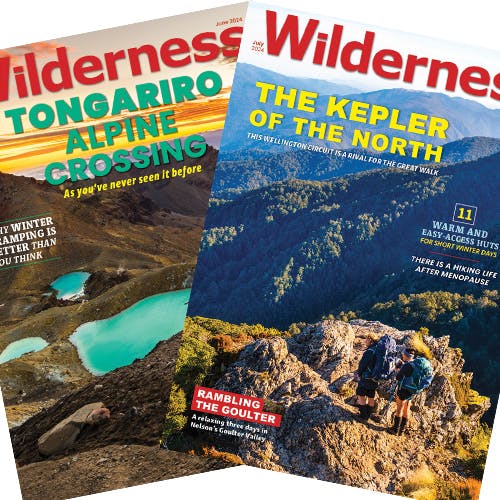For more than 100 years, volunteers have maintained and developed the Tararua’s huts and tracks.
Once upon a time 14 clubs managed all of the Tararua facilities. They eventually united to form the Tararua Aorangi Remutaka Huts Committee (TARHC). The committee used the income from hut fees to ensure the ongoing upkeep of the network. It also replaced three huts in the first few years.
In 2022 TARHC was renamed the Greater Wellington Backcountry Network (GWBN). It has 240 individual members and 13 corporate groups representing tramping and hunting clubs, and manages nearly all of the 47 non-serviced huts in the area.
Chair of GWBN Derrick Field said that, since 2022, volunteers had maintained 370km of backcountry tracks, including the route from Kaitoke through the Tauherenīkau, Waiohine, Waingawa and Ruamahanga valleys. They also spent 12 days clearing the track from Dundas Hut to Roaring Stag.
“This is a good deal financially for DOC,” said Field. “The DOC funding contribution to our track upkeep over the last two years has been approximately $75 per kilometre for a total of 375km maintained. This is considerably less than the approximately $2000 per kilometre that DOC would face if it undertook the work itself.”
GWBN volunteers have contributed over 3300 hours to track work so far. Most of this involves the use of chainsaws, and 10 volunteers have gained an NZQA qualification in basic chainsaw use.
“I think the key to volunteer upkeep of our huts and tracks is retaining the sense of ‘ownership’ among the backcountry community, and providing opportunities for hands-on improvement of huts and tracks to trampers and others. It is good for recreation and increases awareness of the value of our wilderness,” said Field.







